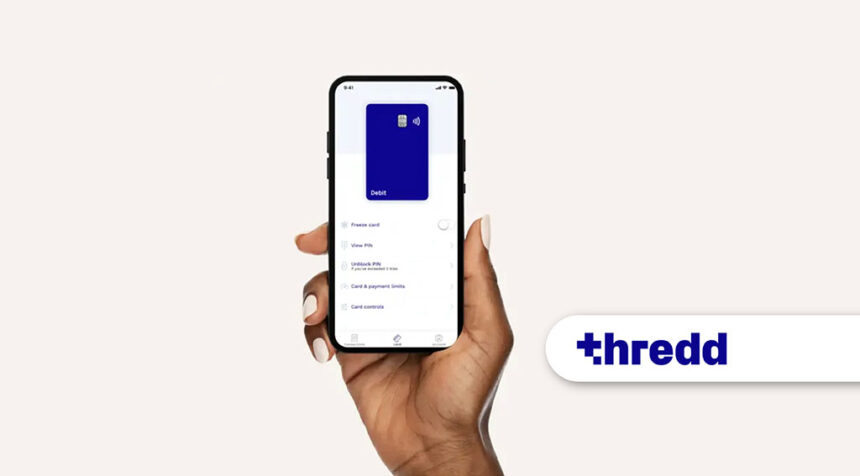From the bustling streets of Shanghai to the bustling markets of Mumbai, a financial revolution is quietly transforming Asia Pacific.
Here, smartphones aren’t just used to make calls and send texts; they’re becoming the new face of money. Where cash was once king, digital wallets are reigning supreme, changing the way people pay and think about money itself.
This isn’t just a story of technology adoption – it’s a story of cultural change, of governments and innovators working together, and of millions of people leapfrogging traditional banking to adopt a mobile-first approach to finance.
As digital wallets evolve from simple payment tools to comprehensive financial ecosystems, a new chapter in the history of money is being written – one that is distinctly Asian in origin but global in implications.
The Asia-Pacific digital wallet phenomenon
The rapid growth of digital wallets in Asia Pacific is no coincidence; it is the result of a unique confluence of factors that have created a perfect storm for fintech innovation.
Global digital wallet payments are forecast to reach US$19.6 trillion by 2027, representing an 81% increase from current levels, with Asia Pacific at the forefront. The region boasts the highest adoption rates in the world, with many countries seeing usage rates soar to 70-80%.
At the heart of this phenomenon is the seamless integration of payments functionality into the region’s most popular messaging app.
China’s WeChat Pay epitomizes this trend, transforming a simple chat app into a comprehensive financial ecosystem. This ingenious integration has seamlessly integrated digital payments into the daily lives of millions of people, driving adoption rates to unprecedented levels.
Historical challenges around access to traditional banking have paradoxically spurred innovation in the region. Digital wallets in Asia Pacific have emerged as a key solution for financial inclusion, providing advanced services to populations previously excluded from traditional banking systems.
This mobile-first approach to money management has bridged the gap, leapfrogged traditional financial infrastructure and created a new paradigm for financial interaction.
Government initiatives in the Asia Pacific region have played a pivotal role in this transformation, and India’s Bharat Interface for Money (BHIM) app is a testament to this effort, driving adoption of digital payments among the country’s vast population.
These efforts have increased trust in digital payment platforms, accelerating adoption rates and creating a virtuous cycle of innovation and adoption.
All of this is underpinned by the region’s robust technology infrastructure and high smartphone penetration. This digital foundation provides fertile ground for wallet providers to innovate and expand, enabling seamless transactions even in remote locations.
Wallet-Based Card Program Design
For companies eyeing the lucrative Asia-Pacific market, simply launching a digital wallet is not enough.
Succeeding in this dynamic environment requires a commitment to a nuanced understanding of local preferences and creating experiences that deeply resonate with users.
The key is to understand the multifaceted nature of payment channels in the digital age. From mobile wallets that enable contactless payments to card-on-file capabilities that streamline online transactions, each channel presents its own opportunities and challenges.
The economics of the program, including interchange rates, issuer liability, declined transactions, fraud losses and processing fees, are all affected by how customers use their cards.
The most successful programs seamlessly integrate these channels to give users a frictionless experience regardless of how they pay.
Adopting Tokenization
At the heart of this seamless experience is tokenization, a technology that has revolutionized the security and functionality of digital wallets.
By replacing sensitive card data with a non-sensitive token, tokenization enhances security and enables features like contactless payments and a seamless card-on-file experience.
Card-on-file transactions are becoming increasingly prevalent, making tokenization essential to meet PCI/DSS compliance and prevent the risks of storing sensitive card data.
Forward-thinking businesses are already exploring how tokenization can enable everything from instant delivery of digital receipts to acceptance at multiple merchants, pushing the boundaries of what’s possible with digital payments.
The onboarding process remains a critical part of the user journey and determines adoption rates, and the most successful wallet providers have mastered the art of smooth setup, offering intuitive in-app “push” provisioning for seamless integration.
With manual card provisioning, it’s important to implement a robust step-up authentication process – it’s a delicate balance between security and convenience, but it’s essential in the security-conscious APAC market.
Cultivate long-term success
Adopting a digital wallet is just the beginning of the journey. The fast-changing world of Fintech requires you to constantly evolve and adapt to changing user needs and technological advancements.
This requires a long-term perspective that anticipates future challenges and opportunities.
Successful wallet providers build flexibility into their systems from the start.
It offers a seamless card replacement process within the wallet, an easy way to load cards onto new devices, and regular updates that incorporate new features that improve customer experience and security standards.
This forward-thinking approach distinguishes leaders from followers in the digital wallet space.
The power of partnerships in innovation
Navigating the complexities of the digital wallet environment, particularly in Asia Pacific, requires more than technical expertise: it demands a deep understanding of the local market and strong relationships with key ecosystem players.
threadis a global issuance processing partner to fintechs, digital banks and embedded finance providers, offering a comprehensive suite of services tailored to the unique challenges of digital wallets.
These services include managing encrypted card data to eliminate the need for PCI DSS compliance, offering push provisioning capabilities for seamless integration, and ensuring security with end-to-end token lifecycle management.
thread It streamlines wallet integration into major wallet providers like Google and Apple, enabling faster and more efficient go-to-market.
The APAC region is poised to lead digital wallet innovation due to its advanced technology and untapped market potential. Success here requires understanding local nuances, user-centric design, and the agility to adapt to market changes.
For more information on navigating this dynamic environment and seizing opportunities in the APAC region, Download the latest guide from ThreddWe provide valuable insights and strategies to help your business gain an advantage in the evolving digital payments environment.
Featured Image Credit: Free Pick










